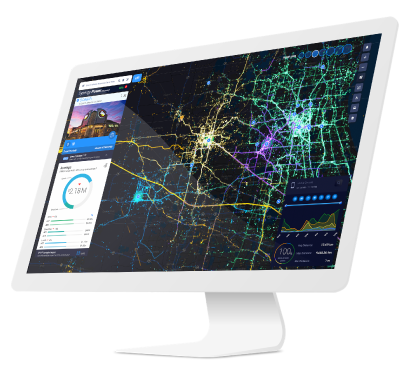Satisfying America’s post-pandemic appetite
Featured in FSR Magazine
When COVID-19 brought the restaurant industry to its knees in February 2020, an interesting phenomenon occurred; everyone from hometown eateries to major multi-unit brands temporarily offered takeout and delivery to survive. Meanwhile, companies with pre-established off-premises systems (i.e. Chipotle), enjoyed increased revenues.

Considering the U.S. trend to shop from home, it makes perfect sense that online food ordering would catch on someday. COVID-19 simply sped up the process. In fact, SiteZeus’ CEO, Hannibal Baldwin, commented that
this pandemic has taken a decade long consumer behavior transition and radically compressed it into a matter of weeks.”
When states reopen for business, we can still expect 30% of restaurant revenue to come from off-premises sales channels—almost double that of 2019. As you adapt your business model to capitalize on this trend, chew on the following facts:
- 70% of consumers would rather order directly from a restaurant, preferring that their money goes directly to the business, not a third-party service
- 60% of U.S. consumers order delivery or takeout once a week
- 59% of restaurant orders from millennials are takeout or delivery
- 45% of consumers say that offering mobile ordering or loyalty programs would encourage them to order online more often
- 34% of consumers spend at least $50 per order when ordering food online
- 33% of consumers are willing to pay a higher fee for faster delivery
- 31% of U.S. consumers use third-party delivery services at least twice weekly
- 20% of consumers spend more on off-premises orders than regular dine-in
- Third-party delivery services have increased restaurant sales volume by 10-20%
To maximize profit margins in off-premises sales, successful brands enact multifaceted strategies. From a functional perspective, they adopt new processes, evaluate online ordering services, develop travel-friendly menu offerings, and launch new consumer advertising campaigns. On the real estate front, they optimize select existing locations, and acquire promising new sites, in high-density markets.
Taking this fast, dynamic approach is only possible with an inhouse A.I.-powered predictive analytics platform. Real estate teams use this modern technology to produce accurate sales models, then confirm operational experiments for promising locations in hours. Before investing budget, they can ensure higher ROI in a new restaurant landscape.
Make better location-based decisions first in the post-pandemic world.
Recommended Posts

